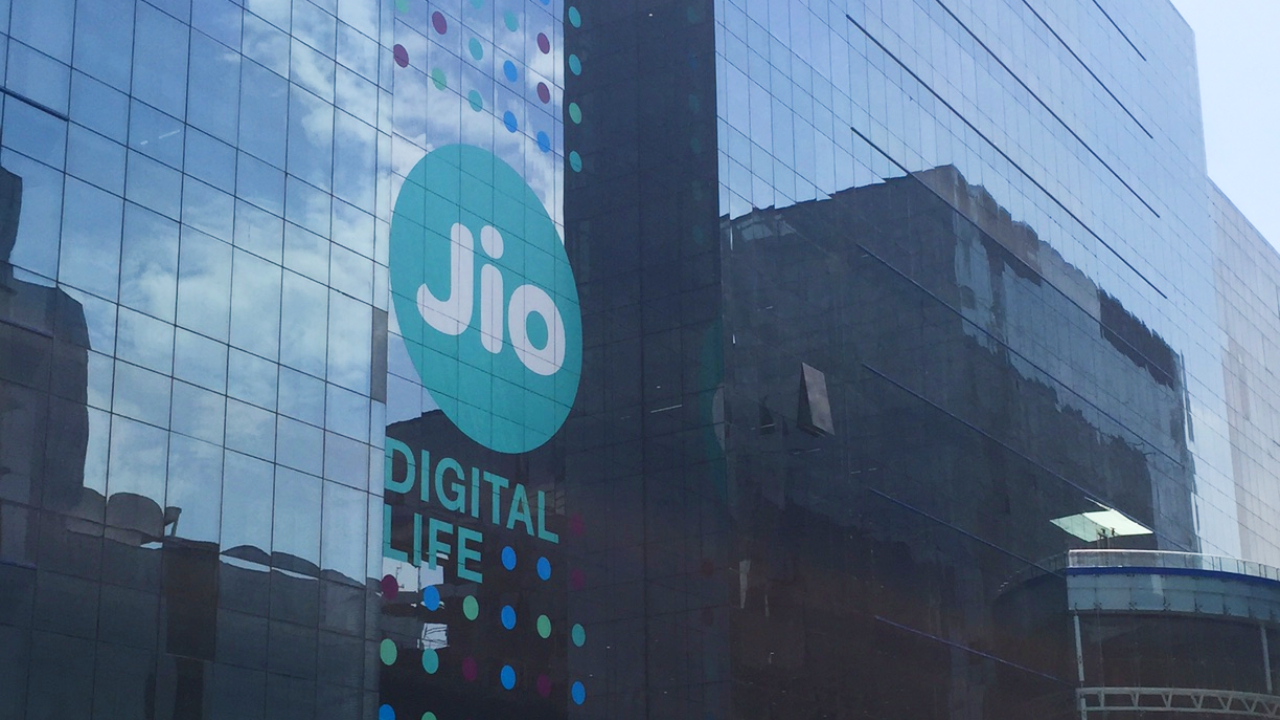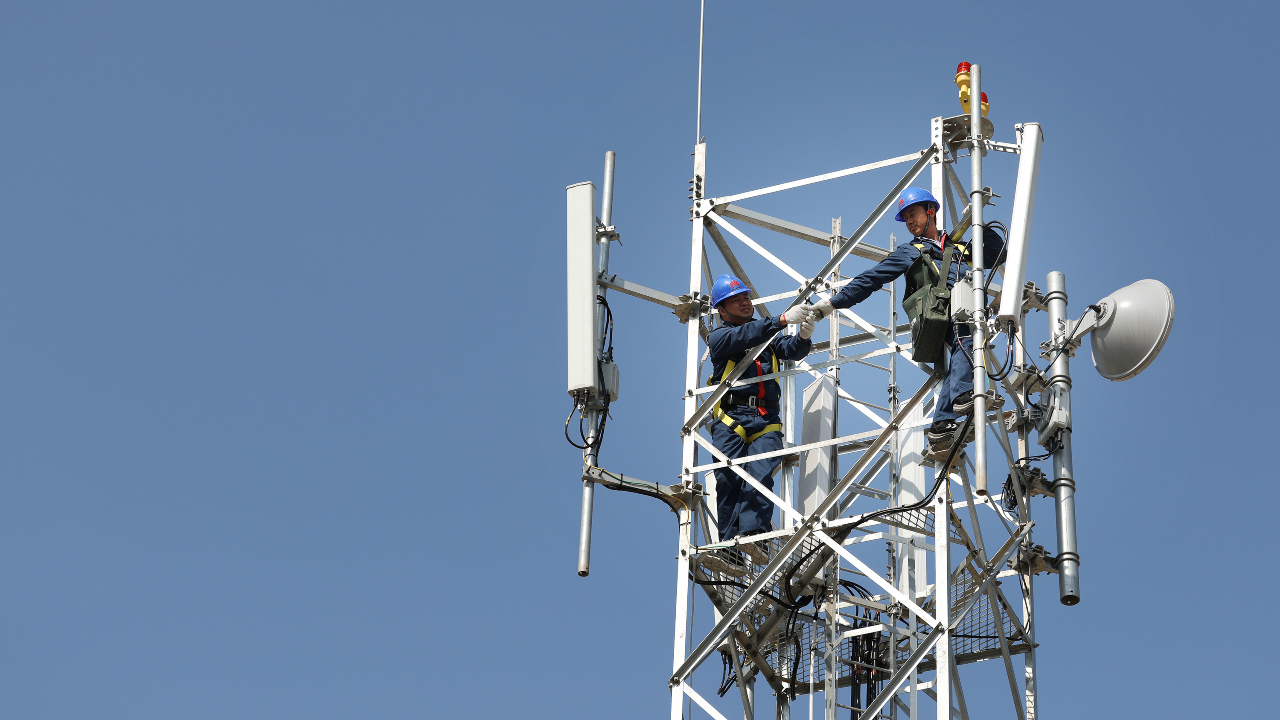

Enterprise
This Indian telco has raised more than $20 billion during the pandemic
Includes investors like Google, Facebook, and Qualcomm
The Coronavirus pandemic has forced countries to implement strict lockdowns and curb international travel. Economies have fallen drastically due to lower spendings and rising unemployment. Healthcare has become a priority. Meanwhile, defense, as well as infrastructure costs, have been sidelined.
Work-from-home has become the norm and companies are actively trying to reduce operational costs. Investors have burned a lot of money since startups dependent on the gig economy are the worst hit. Raising funds right now is a herculean task and most start-ups are expected to go out of business in the coming months.
However, one company has taken full advantage of the pandemic-led lockdown. Officially called Jio Platforms, it’s an Indian telecom operator with more than 300 million active users. Dubbed Jio casually, it’s more than just a telecom operator and has managed to raise more than US$ 20 billion within a span of three months. Investors include marquee names like Google, Facebook, Qualcomm, Mubadala (sovereign fund of Abu Dhabi), Vista Equity, and more.
Google has also acquired a stake in Jio for US$ 4.5 billion. It has picked up 7.75 percent in the company, taking the total sale to 32.95 percent. The Google stake sale came to light immediately when the copy was ready for publishing and hence couldn’t be updated.
To be precise, Jio has raised US$ 20 billion from 13 companies by just selling a 25.2 percent stake. Considering the current investments, Jio is roughly valued at more than US$ 60 billion. What’s so special about this company that Facebook decided to splurge US$ 5.7 billion for just 9.99 percent?
India — the most promising market for any internet company
The US has always led the tech race in terms of research and innovation. With a developed economy, the market is self-fulfilling and companies are actively looking for new regions to expand to. The American influence is easily visible in western allies like the European Union, Japan, South Korea, as well as the Philippines.
India, on the other hand, is a developing economy that completely skipped the computer or laptop age and jumped onto the smartphone era. Today, it’s the world’s second-largest smartphone market, and 70 percent of the hardware is dominated by the Chinese. However, most phones run on Google’s Android, and American tech companies have been successful in expanding. This includes Facebook, Amazon, Netflix, Google, and more.
However, the telecom market remains hugely untapped. What will a smartphone do without wireless connectivity?
The rise of Jio and its ripple effects
At the beginning of 2016, 1GB of 3G data cost approximately INR 250 (US$ 3.3). Back then, Jio was completely owned and operated by Reliance Industries. Reliance is an Indian conglomerate that has its foothold in a plethora of segments including oil, retail, entertainment, and more. It’s one of India’s largest companies in terms of market cap and run by billionaire Mukesh Ambani. Just a few days ago, he became the seventh richest person on Earth, overtaking long-time contender Warren Buffet.
In a nutshell, Reliance pumped enough money into Jio and launched it in the middle of 2016. It was India’s first telco to offer pan-India 4G and the tariff was impossible to believe. For the first 6-9 months, unlimited 4G data was offered for free to lure customers from other networks like Airtel, Vodafone, and Idea. Considering Reliance’s backing, the company could afford to.
It also had an inherent advantage over telco’s because it directly rolled out 4G and did not support any previous standards. While other’s were figuring out inter-connection issues between 3G and 4G, Jio had already rolled out VoLTE. Jio only considered data as bandwidth and relied on internet protocol for calls, reducing its operational cost.
Within a year, 1GB of 4G data cost just US$ 0.2. India has the most affordable 4G in the world. Naturally, the competition couldn’t offer these rates without taking a hit on their profit as well as revenues. But, they had no option but to reduce tariffs. Slowly, companies like Aircel went out of business due to unsustainable rates. Vodafone merged with Indian player Idea to form Vodafone-Idea. By the end of 2019, the Indian market had only 3 players left — Jio, Airtel, and Vodafone-Idea.
Keep in mind, Jio has no debt due to its rich parent, Airtel has debt but can offload that with assets and equity, while Vodafone-Idea is on a ventilator. With more than 300 million subscribers, Jio is leading in terms of both, userbase as well as financial health.
Jio’s unique selling point — data
Reliance was planning to enter the telecom industry for a very long time and it saw it’s an opportunity with 4G. While other telcos were busy billing users for calls and SMS, Jio wanted to sell just one thing — more data. And, it came up with its own suite of services that ensured the user consumes more and more data.
India’s data consumption is expected to exceed 11GB by 2022. Although, the tariff has barely increased by 20-25 percent in the last few years. Some estimates are even more optimistic and indicate a 40 percent annual rise.
There’s no doubt that streaming services have changed the whole scenario. But, this is where Jio has an unbeatable offering. Since day one, the company has a suite of apps like Jio News, JioTV, JioCinema, JioSaavn, and even JioMeet. Today, there are 29 apps on the Google Play Store. This ecosystem ensures the user doesn’t have to look elsewhere. And, they are yet to be fully monetized. As a Jio subscriber, they’re pretty much free-to-use at the moment.
Data is the new oil
The suite of apps is mostly made for the end consumer. But, the company has grand plans for the future as well. It has already announced a partnership with WhatsApp to launch JioMart. It’ll onboard physical stores and function as a hyperlocal online shopping experience. A segment that hasn’t really taken-off yet despite investments from Amazon, BigBasket, and Grofers.
Coming to the enterprise side, Jio has acquired a plethora of startups and established companies for their know-how. This includes American telecom-technology company Radisys, Asteria Aerospace, Embibe, Haptik, and Netradyne. The company is poised to lead the 5G race due to its healthy financials and technology innovation. The company has announced it’ll carry out 5G trials based on its own technology and won’t be relying on third-party partners like Huawei.
The company is all set for the 5G future and has equivalent investments in IoT, blockchain, and digital payments. Jio may have started out as a telco, but it’s truly turning out to be a technology company.
The most lucrative technology company
All these factors make Jio a very attractive investment. Facebook tried to enter India with Freebasics and Internet.org but failed miserably. A piece of Jio gives it a chance to explore deeper than ever. For investment companies, the pandemic is a reality check. And, Jio just turned out to be a silver lining. With more and more people working from home, wireless data consumption is bound to rise.
Even companies are realizing work-from-home is a better model in many parts of the business since you can skip expensive property investments. Even if the work-from-home model fizzles out in the coming years, personal consumption will remain largely unaffected. And with India’s developing economy, smartphone penetration is expected to steadily increase. This shall also bring in more data consumption, online shopping, and other related tasks. With Jio covering all the bases, it is perfectly positioned to lead the Indian market.
Lastly, it’s essential to understand why Reliance decided to sell slightly more than 30 percent in Jio. The parent company has a debt to pay-off and its Chairman, Mukesh Ambani, had announced it’ll go debt-free by the end of FY2020. Its most valued business of refining oil has taken a hit due to the pandemic-led crude crash.
It won’t be wise to sell an undervalued asset. At the same time, Jio reached its peak. By giving away a minority stake to a range of partners, Reliance not only raised money but also established global trust and recognition of Jio Platforms.
For the global markets, the indication is clear. India is open for business and there’s huge potential.

For the longest time, Google kept Pixel and Android behind two different teams. While the Pixel team dealt with devices made by and for the brand, the Android team ships a product meant for brands outside of the company’s purview. However, the days of separation are at an end. Google is officially merging its Pixel and Android teams together.
In a shocking announcement, the company has confirmed that the teams handling hardware and software will fall under a single team headed by Rick Osterloh. Prior to the merge, Osterloh was the senior vice president of devices and service, which was Google’s hardware branch. He will now oversee both hardware and software.
Because of the new leadership change, Hiroshi Lockheimer, former head of Android, will now move on to other projects within Alphabet. Of note, the change is not harsh for Lockheimer. He and Osterloh had been contemplating on the merge for a while.
Now, why the change? As is the case with everything today, it’s all because of AI. Speaking to The Verge, Osterloh explains that the merge will help with “full-stack innovation.” With how technology is these days, it’s now impossible to develop AI without having a close eye on hardware, such as in Google’s AI developments for the Pixel camera. Merging the teams will help streamline development, especially when hardware is involved.
Despite the change, outside brands, like Qualcomm’s Cristiano Amon, remains confident of Android’s capabilities outside of Google. Just expect more AI coming out in the near future.

The ongoing trade war between the United States and China is putting a lot of companies out of business in one country. While all eyes are currently on America’s crusade against TikTok, China has launched a salvo of its own. The country has started banning AMD and Intel, starting with government devices.
Recently, as reported by the Financial Times, China has introduced a new rule that bans American chipsets and servers from government agencies. The new ban includes AMD, Intel, and Microsoft Windows.
In lieu of the now-banned brands, Chinese government agencies must use approved brands from a list of 18 Chinese manufacturers. Unsurprisingly, the list includes Huawei, another brand involved in the ongoing trade war. (Huawei is still banned on American soil.)
As with bans from America, China’s latest rules stem from a desire to implement national security. Both countries allege that using brands from the opposing side will open a potential avenue for transferring classified information.
Currently, the ban against the American chipsets are only affecting government devices. However, if it follows the same trajectory as Huawei and TikTok in the United States, a government-only ban might soon lead to an all-out ban on consumer devices. As TikTok is currently hanging in the balance, it’s unlikely that the trade wars will cool down anytime soon.

So far, Apple’s greatest enemy has been the European Union. Months and months of claiming that the company engages in anti-competitive practices, the region has successfully caused Apple to drastically change a lot of things about the iPhone including the Lightning cable. Now, a new challenger wants Apple to answer for its supposed grip on the industry: the United States government.
Today, the Department of Justice is officially suing Apple for supposedly monopolizing the smartphone industry and stifling competition. The lawsuit alleges that Apple’s lineup of products prevent users from trying out other brands. For example, Apple limits how well a third-party smartwatch works on an iPhone, pushing users to go for an Apple Watch instead.
The lawsuit also includes an important pain point in Apple’s fight in Europe. It says that the company makes it difficult for iPhone users to communicate with Android users (and vice versa). Late last year, the company already committed to supporting RCS as a messaging standard, finally easing communication between the two systems. Their adoption has yet to arrive, though.
Though not as stringent as Europe, the American government is no slouch when it comes to questioning its own companies for pursuing anti-competitive practices. In the past, it went through Google and Spotify to protect the interests of its citizens. The lawsuit against Apple is no different, gathering signatures from sixteen states.
For Apple’s part, the company aims to get the case dismissed, alleging the lawsuit’s unfair scope of just the American people when it targets the entire world.
SEE ALSO: Apple opens first Developer Center in Southeast Asia
-

 Features1 week ago
Features1 week agoFortify your home office or business setup with these devices
-

 Events2 weeks ago
Events2 weeks agoStellar Blade: PlayStation taps cosplayers to play Eve for game’s launch
-

 Gaming2 weeks ago
Gaming2 weeks agoThe Rogue Prince of Persia looks like an ultra-colorful roguelite
-

 Accessories2 weeks ago
Accessories2 weeks agoLogitech unveils G Pro X 60 gaming keyboard: Price, details
-

 Gaming2 weeks ago
Gaming2 weeks agoStar Wars Outlaws release date revealed
-

 Reviews1 week ago
Reviews1 week agorealme 12+ 5G review: One month later
-

 Gaming2 weeks ago
Gaming2 weeks agoLenovo confirms development of a Legion Go 2
-

 Deals2 weeks ago
Deals2 weeks agoTCL P635 TV: Big savings for TCL’s anniversary


























